With the rapid development of artificial intelligence technology, China actively promotes the integration of AI and, and accelerates the cultivation and growth of intelligent industry.
The "China’s New Generation Artificial Intelligence Technology Industry Development Report 2024" shows that the number of artificial intelligence enterprises in China has exceeded 4,000, and artificial intelligence has become an important driving force and strategic technology for a new round of scientific and technological revolution and industrial transformation.
From smart manufacturing to smart cities, from precision medicine to financial technology, countless examples have demonstrated the unlimited potential of AI.
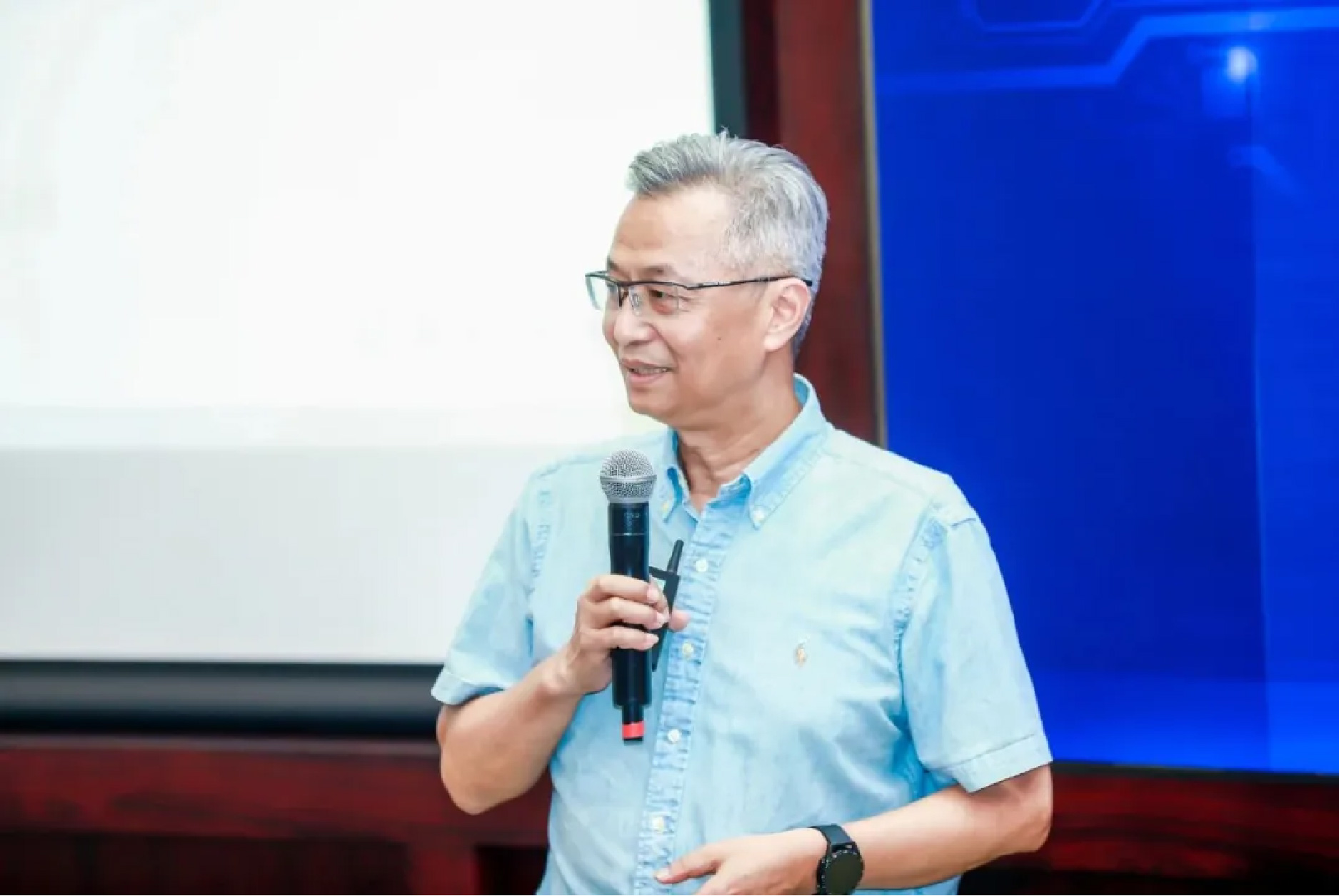
|
Image: Prof. WU Xiaobo |
At the Ruihua Spring Forum 2024, WU Xiaobo, Director of the School of Social Sciences of Zhejiang University and Professor of the Department of Innovation, Entrepreneurship and Strategy of the School of Management of Zhejiang University, gave a valuable speech entitled "Breaking the Deadlock and Reconstructing - Industrial Transformation and Corporate Innovation in the AI Era".
In this speech, Professor WU Xiaobo pointed out that in the face of the opportunities and challenges of the AI era, enterprises must actively explore cross-scenario applications of AI through strategic transformation, organizational change and leadership transformation, build open platforms to promote cross-industry collaboration, promote the comprehensive AI transformation of the organization, cultivate forward-looking thinking, and formulate AI strategies that match the characteristics of the enterprise.
|
WU Xiaobo | 吴晓波 School of Management, Zhejiang University |
||
|
|
||
|
|
|
Academic Background: Dr. WU Xiaobo, professor of Innovation and Strategic Management, School of Management, Zhejiang University. He is honored as Chang Jiang Scholar Professor by Ministry of Education, China for his outstanding achievements in innovation and entrepreneurship research and education. He is director of National Institute for Innovation Management and Academy of Global Zhejiang Entrepreneurs, at Zhejiang University. He is also the director of the Zhejiang University—Cambridge University Joint Research Center for Global Manufacturing and Innovation Management and Ruihua Institute for Innovation Management, and was appointed as senior vice president of International Council for Small Business in 2012. He also serves as the vice-president of the Central and East European Management Development Association (CEEMAN). For many years, Dr. WU has been focusing on managing technological innovation and entrepreneurship, global manufacturing and network-based competitive strategy. You can learn more about Prof. WU Xiaobo’s academic background here |
|
Breakthrough And Reconstruction | Industrial Change And Corporate Innovation in the Age of AI |
|
It is common knowledge that artificial intelligence has entered a new stage of development, and the pace of growth is accelerating. In this process, it is important to observe and understand the development trends. I have been engaged in innovation and strategic management research for many years, so I pay special attention to this topic.
|
Paradigm Shift and Industrial Change through AI |
Every major innovation is a disruptive force. As Joseph Schumpeter, a pioneer of innovation management, first explained in his book The Theory of Economic Development in 1912, innovation is a form of creative destruction that destroys old systems and simultaneously builds new ones. Artificial intelligence is no exception. It breaks with traditional models and creates new paradigms.

Image source: Douban Books
Since the formal birth of artificial intelligence in 1956, it has experienced ups and downs, but has developed rapidly in recent years. Take ChatGPT as an example, it represents a major breakthrough in artificial intelligence technology. GPT (Generative Pre-trained Transformer) is a pre-trained model based on deep learning that can handle a wide range of language understanding and generation tasks. ChatGPT has learned a large amount of text data through pre-training and is able to transform this data to adapt to different application scenarios, demonstrating great creativity.
The development of this technology has not only changed the way humans and machines interact, but has also driven progress from cognitive collaboration to computational power. The development of artificial intelligence has enabled a shift from traditional human-centered activities to distributed intelligent systems, meaning that everyone can be assisted by intelligent technology.
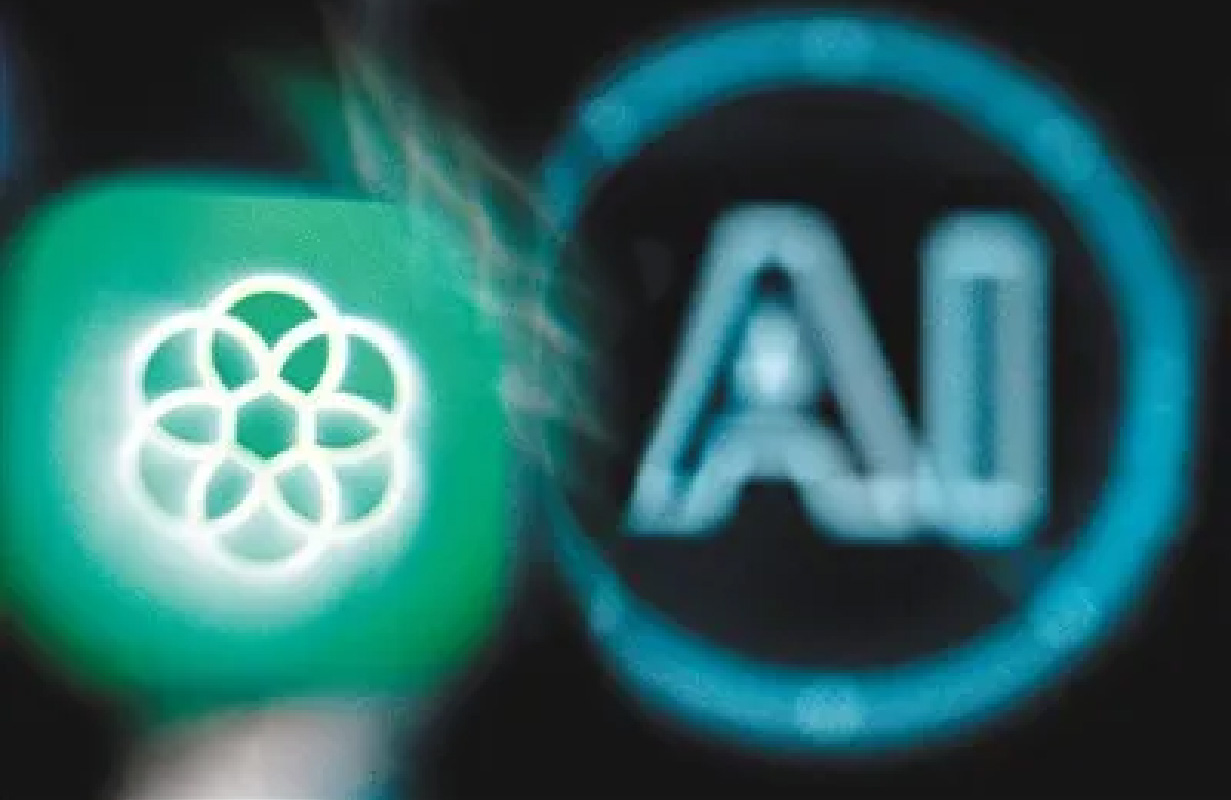
|
Photo source: Xinhua News Agency |
With the development of artificial intelligence, the boundaries between industries are becoming increasingly blurred. The boundaries between the manufacturing and service industries are no longer so clear. This integration has given rise to new business models and service methods. For example, smart, connected cars are not just a means of transportation, but also a platform that integrates multiple functions and services. Furthermore, this integration can create new synergies between different industries, forming new scenario-based industries.
The value creation path of traditional industries is usually linear, but with the emergence of online platforms and multi-sided markets, value creation has become more complex and diverse. Companies can create value through transportation, and other means without relying on a single product or service. This change requires companies to adopt more flexible strategies and build a more open ecosystem.
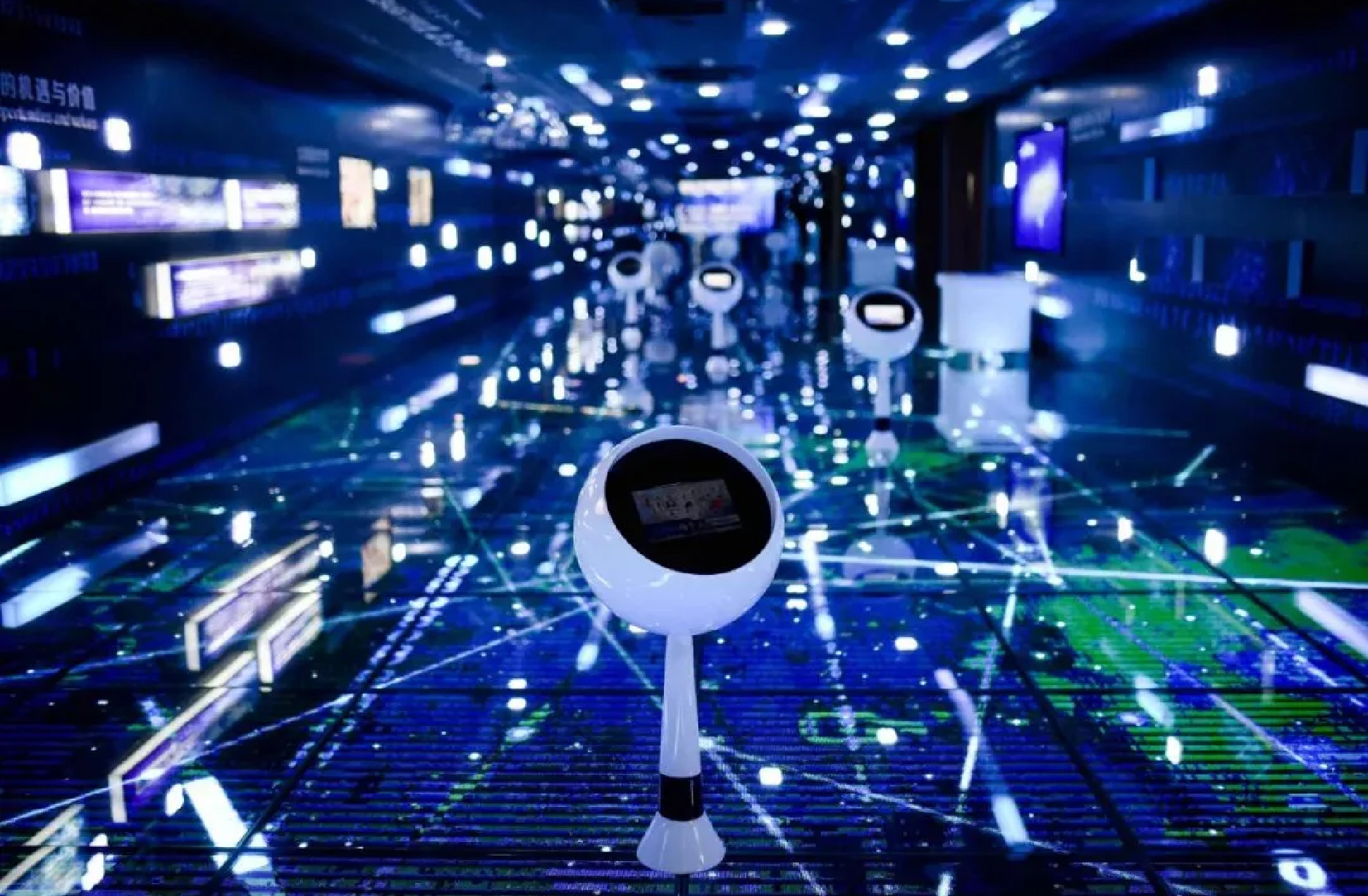
|
Photo source: Xinhua News Agency |
With the application of artificial intelligence, the organizational structure and management style of enterprises must also be adapted accordingly. For example, we need to rethink the concept of strategic units (SBUs) in order to adapt it to new scenarios and technologies. In addition, leadership must also be reshaped to better deal with uncertainty and ensure that the organization can continue to grow in a rapidly changing environment.
The development of artificial intelligence is driving profound change that is influencing the way we live and work. In the face of such changes, we must continue to innovate and adapt in order to achieve sustainable development.
|
Strategic Transformation, Organizational Change and Reshaping Leadership |
The specific methods and processes that a company has developed in its historical development will become more and more entrenched over time, making it difficult for the company to change its direction of development. This is path dependency.
In the current rapidly changing market environment, path dependence can become an obstacle to the development of enterprises. For example, when the original path becomes increasingly inefficient, enterprises still stick to the old rules, which leads to operational difficulties.
To overcome path dependency, you need to be able to leave the existing path and embark on a new one. To do this, you must abandon the old model and adopt the new model. Although path dependency in itself is not a bad thing, because it means that the company has established methods and processes in place, as the environment changes, the company must continuously iterate and improve.
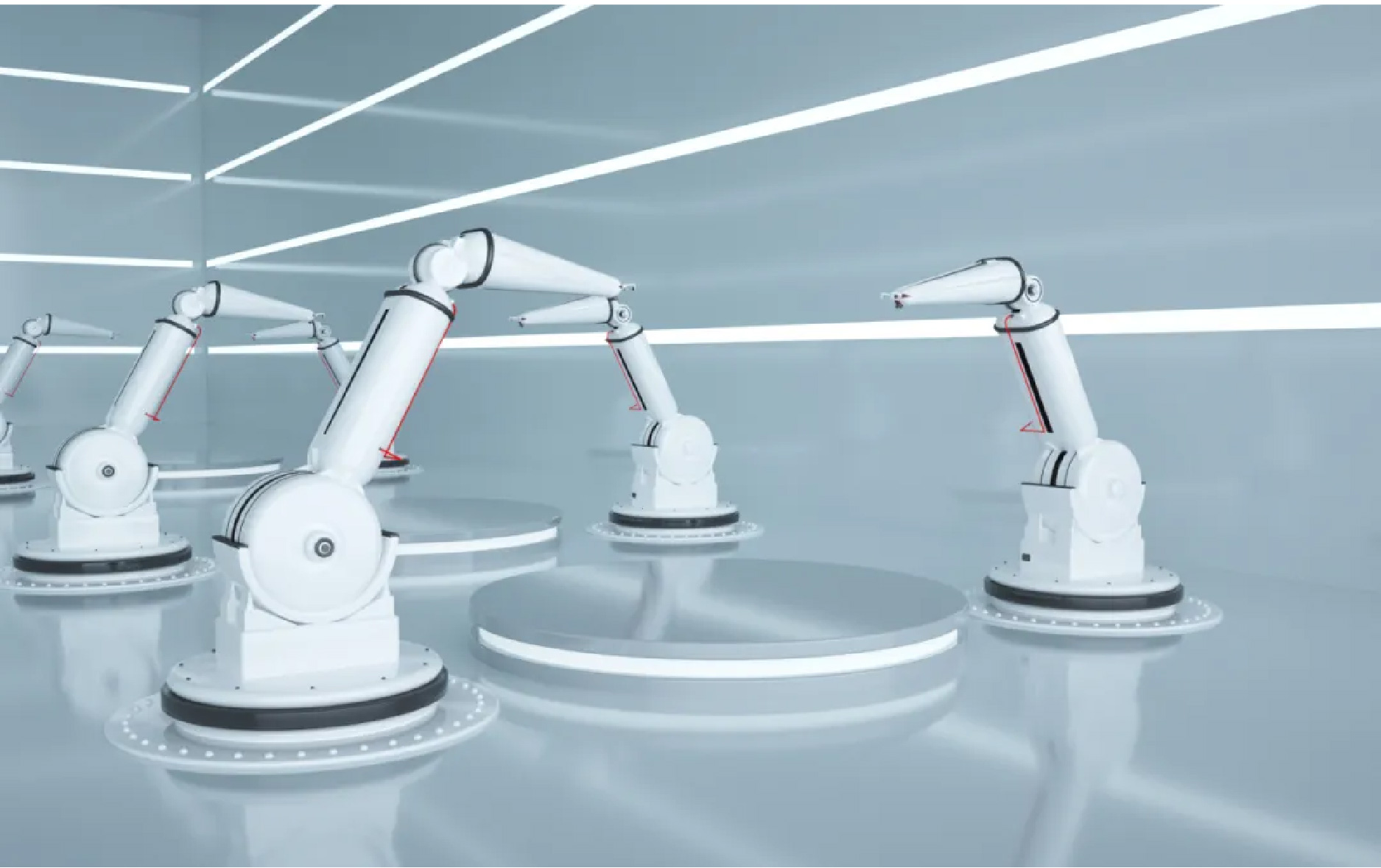
|
Image source: ©千库网 |
Every successful business has its life cycle, and as the external environment changes, the rate of cycle change accelerates. This means that the management logic of the company must change accordingly. Companies need to focus on how to traverse these cycles effectively. In the process of shifting between the old and the new paradigm, uncertainty about the future continues to increase.
How should enterprises deal with the challenges that AI brings to management? This has become the most important research topic for entrepreneurs in the next phase of development.
In China, there is a phenomenon in many sectors, such as the automotive industry, that the latecomers are catching up. Even if the first products are not as mature as their competitors, through continuous iteration and improvement, they will eventually break through the ceiling of the original system and manage to surpass and catch up with it.
For example, the Chinese automotive industry has become the largest exporter in the world, overtaking Japan. Given the changes in technology, business models, and even the entire industry structure brought about by the paradigm shift, the key for companies is to seize these opportunities and adopt a different management approach than in the past.
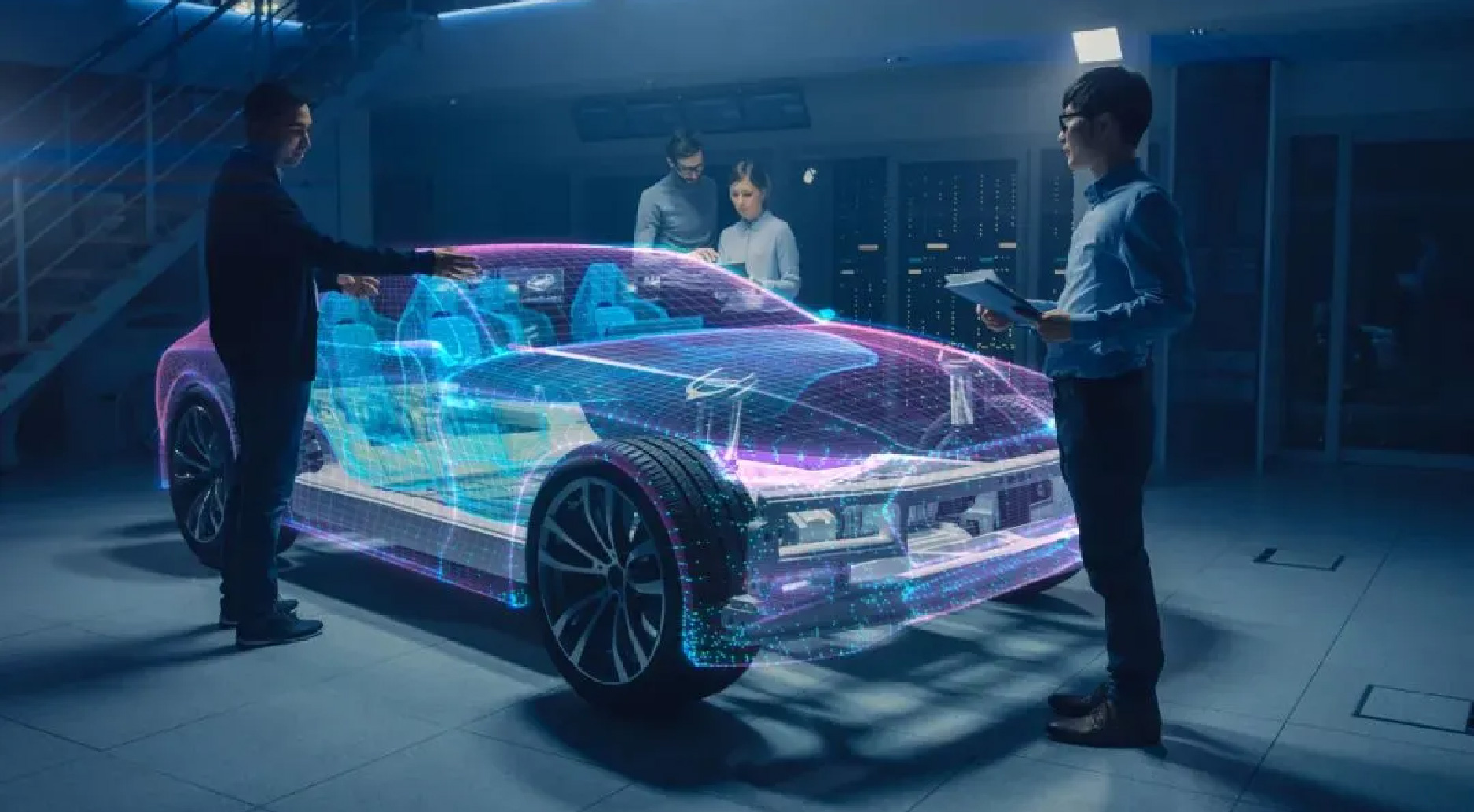
|
Photo source: China Auto News |
Firstly, companies should actively explore cross-scenario applications of AI through strategic transformation and build open platforms to promote cross-industry collaboration. This will not only reduce operating costs, but also fully realize the value of data and create a highly adaptable value network.
Secondly, enterprises should drive the construction of AI-driven strategic business units, realize the comprehensive AI transformation of the organization, and become more ecological, platform-based, systematic and open. At the same time, individuals must be activated to ensure that they can contribute their maximum potential.
Thirdly, business leaders need to develop a future-oriented mindset, fully understand the potential and limitations of AI technology and formulate AI strategies that fit the specifics of the organization. Companies must have independent research and development capabilities and strive to be at the forefront to maintain their competitive edge. The combination of technological innovation and business model innovation has become particularly important.
Through these measures, enterprises can establish a new model of human-machine collaboration, improve production efficiency, enhance innovation ability, and thus maintain competitive advantages in the AI era. This is not only a necessary measure to meet the challenges, but also the key to seizing the opportunity window of the AI revolution and breaking the development cycle.
We have proposed a framework called "C-theory" to help companies recognize the context they are in and propose a series of strategies, including grayscale, trade-offs, creative learning, value networks, etc.
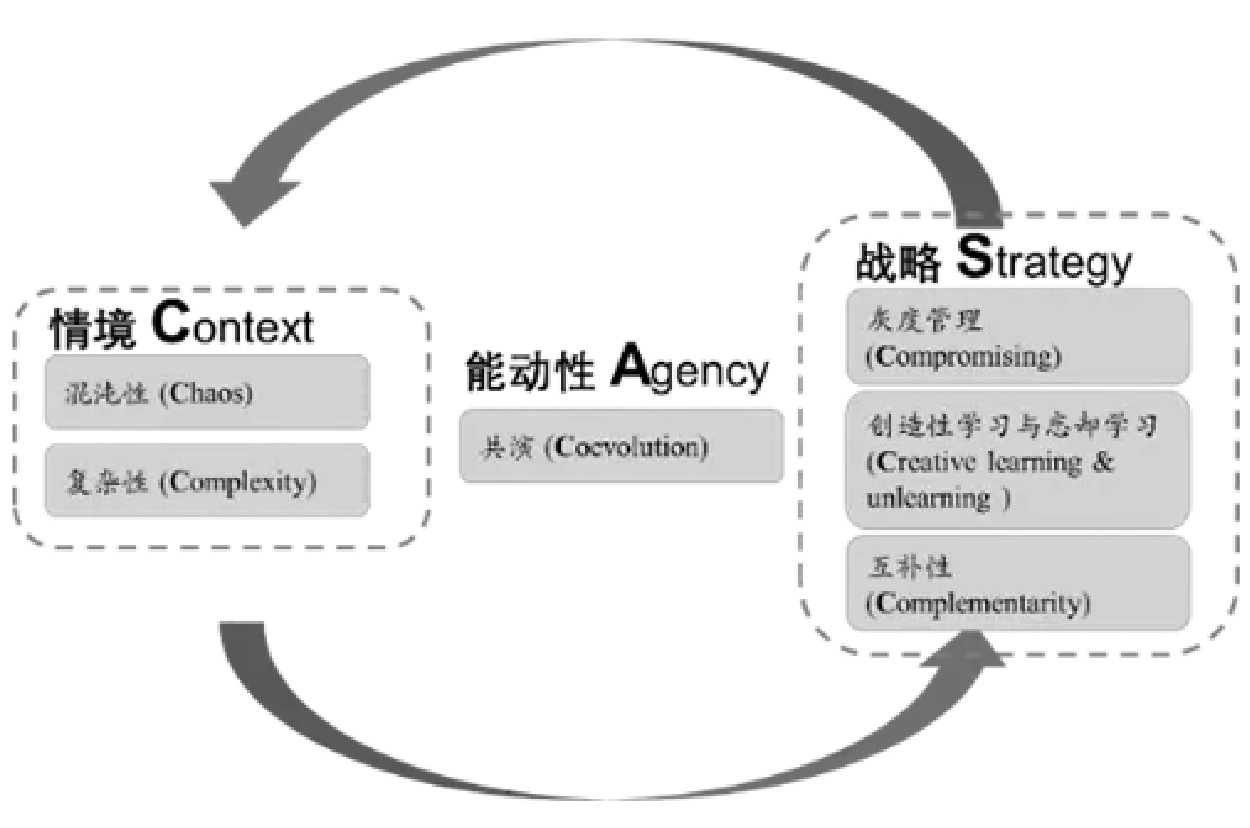
Figure 1 | C-theory research framework for catching up (CAS framework)
Through in-depth and systematic case studies, WU Xiaobo’s team has uncovered the scientific laws and rational explanations behind the extraordinary rise of Chinese companies and empirically underpinned the core CAS framework of "C-theory" (see Figure 1), namely context, agency-based interaction, and strategy.
Context emphasizes the non-linear evolutionary properties of chaos and complexity and thus lays the theoretical foundation of "C-Theory" in Context. Based on the co-evolution of agency, it explores the co-evolution mechanism of strategy and context in the process of achieving nonlinear growth at different stages of the technology life cycle; strategy captures the entrepreneurial actions to seize the window of opportunity in the context of a paradigm shift, focusing on roles such as trade-off formation, creative learning and unlearning, and complementarity.
China is currently facing an unprecedented opportunity. With the advent of the Fourth Industrial Revolution, China is expected to take the lead in new technologies. Relevant plans and supporting policies are also being actively formulated at the national level to promote industrial upgrading and development. In the face of a rapidly changing world, we must constantly learn and adapt, seize opportunities and surpass ourselves.
- We thank Prof. WU Xiaobo for his invaluable insights and contributions to the study of industrial change and business innovation in the AI era.
- You can read the original article in Chinese here